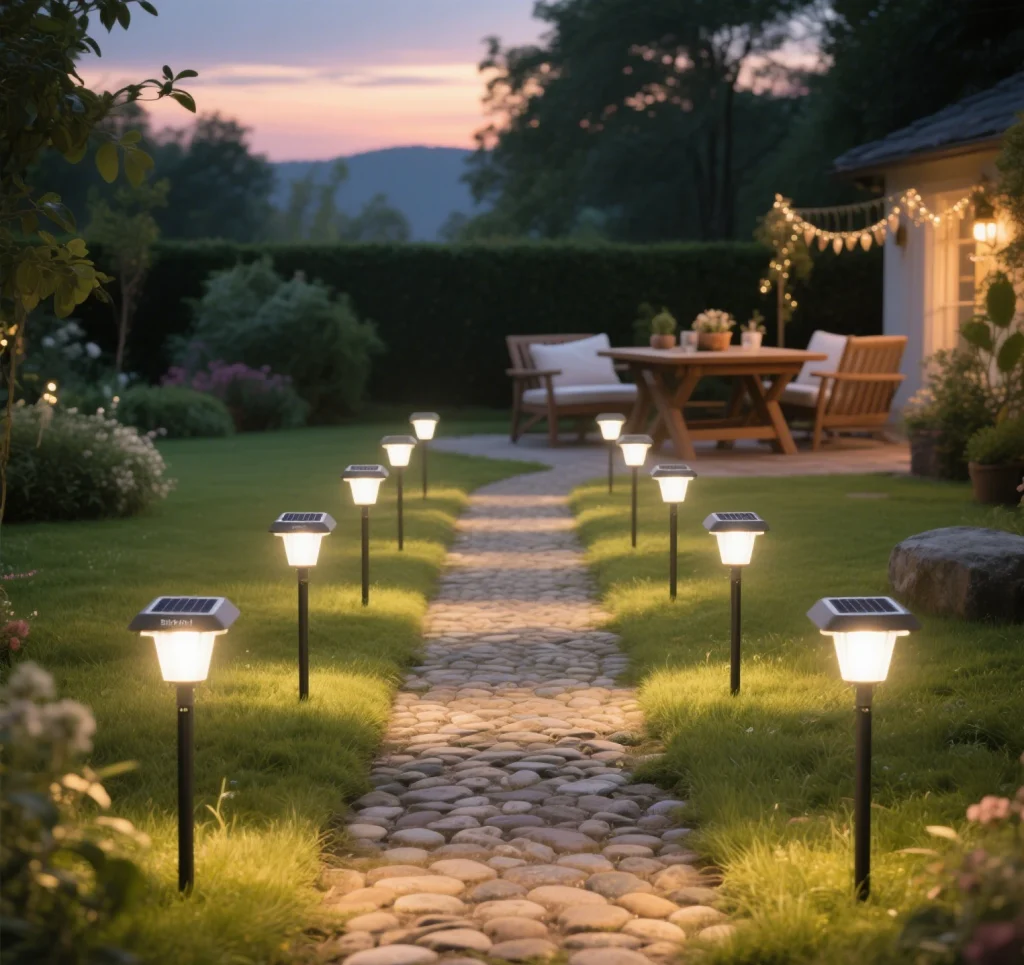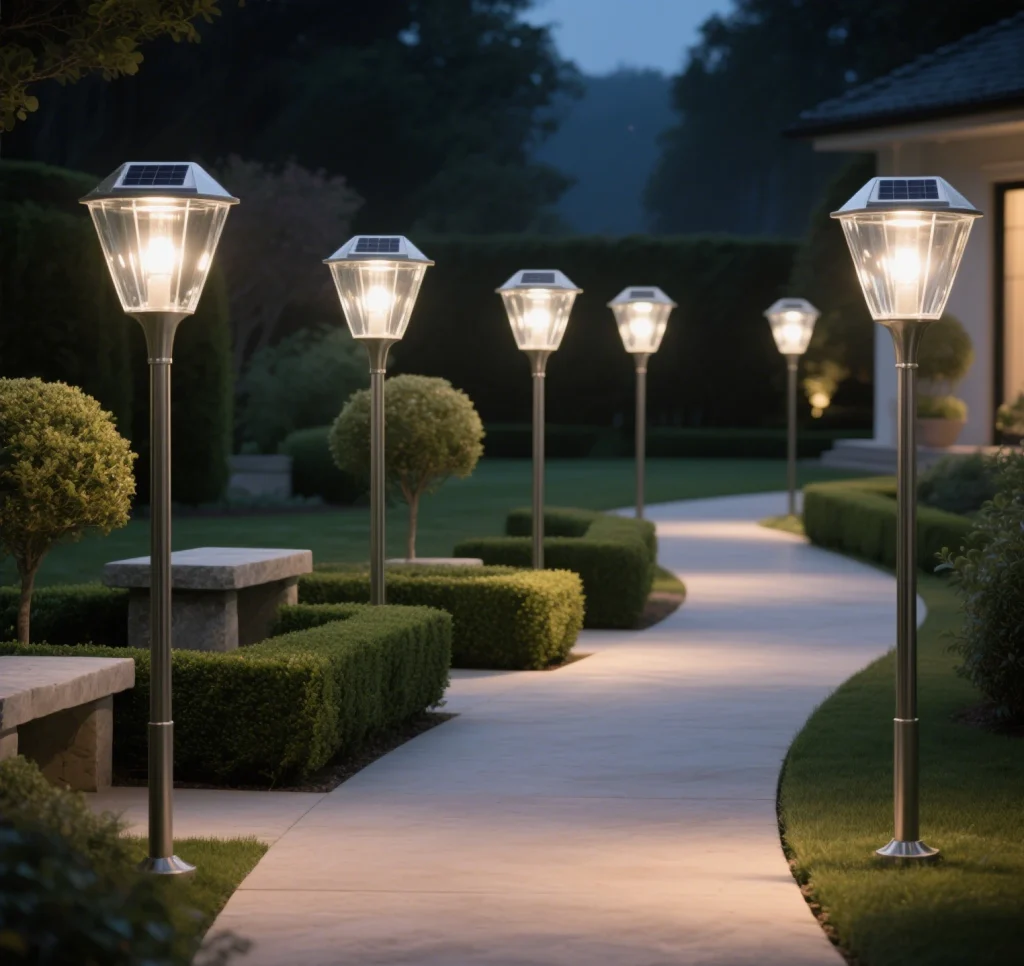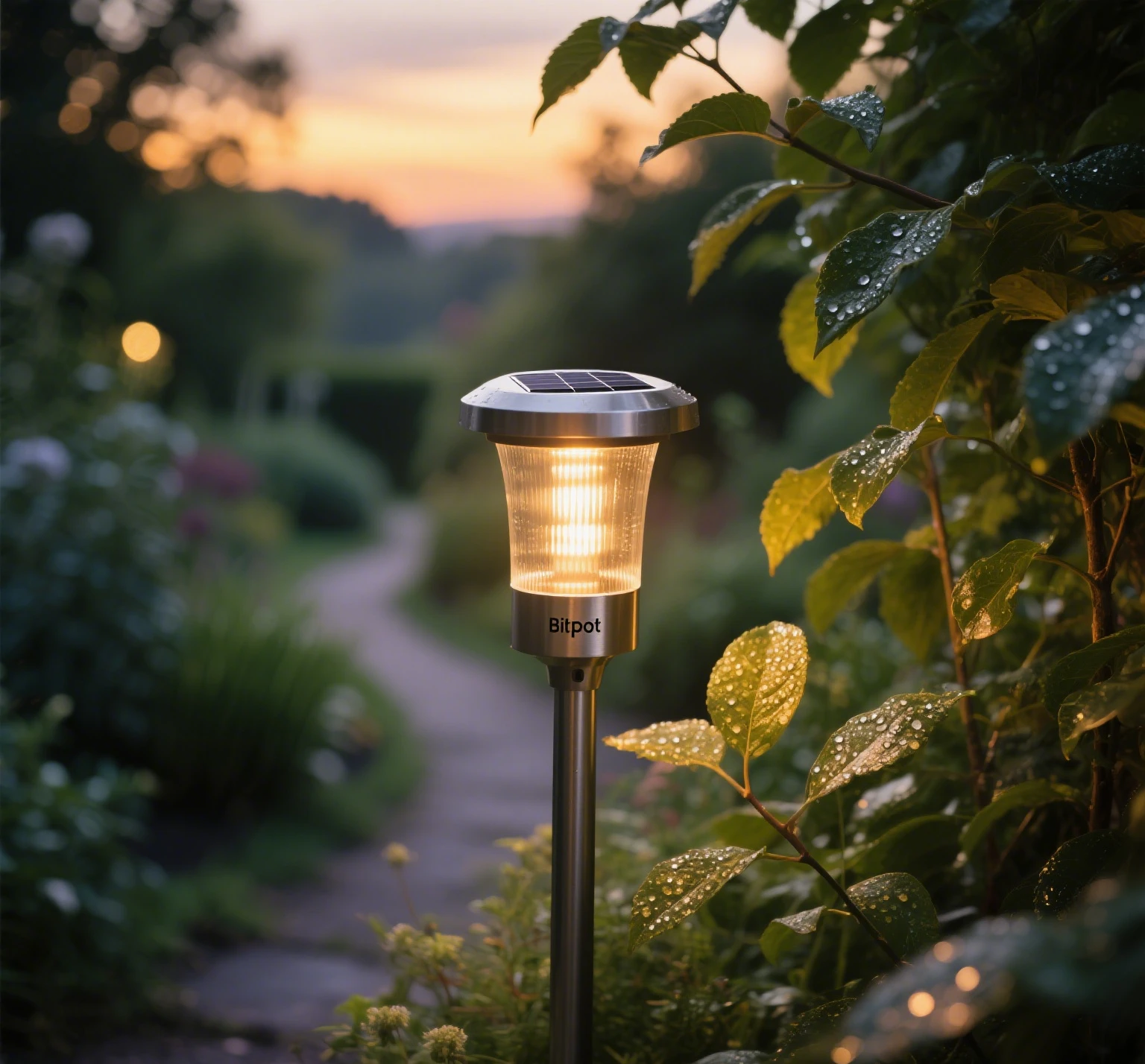Solar street lights, as an environmentally friendly and energy-saving lighting solution, are widely used in outdoor roads, courtyards, and parks. Properly setting the operating time of solar street lights not only affects the lighting performance but also directly impacts the energy efficiency and lifespan of the equipment. The setting of operating time requires a comprehensive consideration of local sunlight hours, battery capacity, LED lamp power, and the balance between energy saving and lighting needs. This article will explore the key factors and steps for setting the operating time of solar street lights in detail, helping users optimize equipment performance for efficient and long-lasting nighttime illumination.

Assessing Local Sunlight Conditions
The first step in setting the operating time of solar street lights is to understand the sunlight conditions at the installation site. Sunlight hours directly determine how much energy the solar panel can absorb daily to charge the battery. Specifically, you should focus on the following aspects:
- Sunset and Sunrise Times: By checking local meteorological data, determine the approximate times when the street light needs to turn on and off. For instance, summer offers longer sunlight hours, allowing ample charging time, while winter’s shorter days may require a more energy-efficient operating mode.
- Seasonal Variations: Sunlight hours vary significantly across seasons. It’s advisable to base the operating time settings on the shortest daylight period of the year (e.g., winter solstice) to ensure the light functions reliably under extreme conditions.
- Geographical Factors: Sunlight hours differ by latitude. Areas near the equator have relatively stable sunlight hours, while high-latitude regions may require more flexible operating time settings.
By thoroughly assessing sunlight conditions, you can establish a reliable foundation for selecting battery capacity and setting operating modes.
Determining Battery Capacity and LED Lamp Power
Battery capacity and LED lamp power are the core hardware factors that determine the operating time of solar street lights, and they must be well-matched to achieve optimal performance.
- Battery Capacity: The battery’s capacity dictates how long the street light can operate at night or during cloudy and rainy days. Larger-capacity batteries support longer operating times but increase equipment costs and size. Users should select an appropriate battery capacity based on actual lighting needs. For example, Bitpott’s solar path lights are typically equipped with high-performance lithium batteries, capable of sustaining illumination for several nights during continuous rainy weather.
- LED Lamp Power: The power of the LED lamp directly affects its brightness and energy consumption. High-power LED lamps provide stronger illumination but consume more energy. To balance brightness and energy efficiency, consider using dimmable LED lamps that adjust brightness based on time periods.
- Hardware Compatibility: Battery capacity and LED lamp power must be coordinated. For instance, a 10W LED lamp paired with a 20Ah battery can typically support about 20 hours of continuous illumination (without recharging). In practice, a margin should be reserved to handle consecutive rainy days.
By carefully matching battery capacity and LED lamp power, solar street lights can operate reliably under various weather conditions.

Setting Flexible Operating Modes
The operating mode of a solar street light directly determines its operating time and energy efficiency. Common operating modes include:
- All-Night Mode: The light operates at a constant brightness from dusk to dawn. This mode is suitable for scenarios requiring continuous high-brightness illumination, such as main roads or parking lots, but it consumes more energy.
- Timed Mode: Users can set the light to operate at high brightness during specific periods (e.g., 8 PM to 2 AM) and reduce brightness or turn off during other times. This mode is ideal for times with concentrated pedestrian or vehicle traffic, significantly saving energy.
- Smart Sensing Mode: Using light sensors and/or motion sensors, the light automatically increases brightness when people or vehicles pass by and reduces brightness or turns off when no activity is detected. This mode balances energy saving and lighting needs, making it ideal for low-traffic areas like residential neighborhoods or park pathways.
Smart sensing mode has gained popularity in recent years. For instance, Bitpott’s solar path lights incorporate advanced motion sensor technology, quickly increasing brightness upon detecting activity, offering both energy efficiency and practicality.
Calculating and Optimizing Operating Time
After determining sunlight conditions, battery capacity, LED lamp power, and operating mode, the next step is to calculate the actual operating time of the street light. This process involves the following steps:
- Energy Consumption Calculation: Based on the LED lamp’s power and selected operating mode, estimate the nightly energy consumption. For example, a 10W LED lamp operating in all-night mode for 10 hours consumes 100Wh of energy daily.
- Battery Endurance: Based on battery capacity and energy consumption, calculate the maximum operating time without recharging. For instance, a 100Wh battery can support the aforementioned LED lamp for approximately 10 hours.
- Accounting for Extreme Conditions: To handle consecutive rainy days, set the operating time to 50%-70% of the battery capacity to ensure the equipment functions normally in adverse weather.
Through precise calculations, users can optimize operating time based on actual needs, avoiding energy waste or insufficient lighting.
Using Controllers to Adjust Settings
The solar street light controller is a critical component for setting operating time. Modern controllers typically support multiple preset modes and allow manual adjustments of operating time and brightness. The steps are as follows:
- Selecting Preset Modes: Most controllers offer preset options for all-night mode, timed mode, and smart sensing mode, which users can select based on their needs.
- Manual Adjustments: For specific requirements, users can set precise on/off times or adjust brightness for different time periods via the controller.
- Real-Time Monitoring: Some advanced controllers support remote monitoring, allowing users to check the light’s operating status and battery level through a mobile app.
By leveraging the solar street light controller, users can easily achieve personalized operating time settings.
Regular Monitoring and Maintenance
To ensure the long-term efficient operation of solar street lights, regular monitoring and maintenance are essential. Here are some practical tips:
- Battery Health Checks: The battery is a core component of solar street lights. Check battery performance every 6-12 months, and replace it if capacity significantly declines.
- Solar Panel Cleaning: Dust, leaves, or other debris can reduce the solar panel’s charging efficiency. Clean the panel surface every quarter to ensure optimal sunlight absorption.
- LED Lamp and Sensor Inspection: Regularly check if the LED lamp is functioning properly and if the light and motion sensors are responsive. Address any faults promptly through repair or replacement.
Through systematic maintenance, users can extend the lifespan of solar street lights and maintain their efficient lighting performance.
Conclusion
Properly setting the operating time of solar street lights is key to balancing energy efficiency and lighting performance. By assessing sunlight conditions, selecting appropriate battery capacity and LED lamp power, setting flexible operating modes, accurately calculating operating time, using controllers for adjustments, and conducting regular maintenance, users can maximize the energy efficiency and lifespan of the lights. Whether for urban roads or rural pathways, solar street lights stand out as an environmentally friendly and cost-effective choice for modern lighting. We hope this article provides practical guidance to help you create efficient and sustainable nighttime lighting solutions.


Leave a Reply